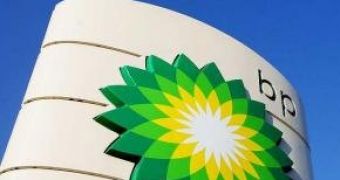On Tuesday, oil and gas company BP announced that it had installed two new drilling rigs in the waters of the Gulf of Mexico. This means that the company can now take pride in having a total of nine rigs operating in the area.
By the looks of it, the current drilling rigs fleet in the Gulf of Mexico is a personal record for the company. The way BP sees things, this just goes to prove how committed the company is to ensure energy security and support the American economy.
“The addition of these two new rigs reflects the vital importance of the deepwater Gulf of Mexico to the future of BP,” Richard Morrison, regional president of BP’s Gulf of Mexico business, commented on the initiative.
“It also clearly demonstrates BP’s commitment to the American economy and U.S. energy security,” he went on to say.
Information shared with the public says that one of the two drilling rigs deployed in the Gulf of Mexico is a brand-new one dubbed the West Auriga. Its “workstation” will be the Thunder Horse field.
The other one is a reconstructed one. It sits on the Mad Dog oil and gas production platform, and replaces the former rig that the platform used to house and which was destroyed back in 2008 by Hurricane Ike. This rig will serve to exploit the Mad Dog field.
BP says that, over the next decade, it plans to invest about $4 billion (nearly €3 billion) yearly in the Gulf of Mexico.
The money will first and foremost serve to further develop four of the company's operated production hubs, i.e. Thunder Horse, Na Kika, Atlantis and Mad Dog – and three non-operated hubs, i.e. Mars, Ursa and Great White.
Ironically enough, news of BP's plans to ramp up drilling activities in the Gulf of Mexico comes shortly after researchers with the Climate Accountability Institute have released a new report saying that just 90 companies are to blame for this century's climate crisis, and that BP is one of them.
One can only assume that this piece of news has not yet reached the oil and gas giant.

 14 DAY TRIAL //
14 DAY TRIAL //